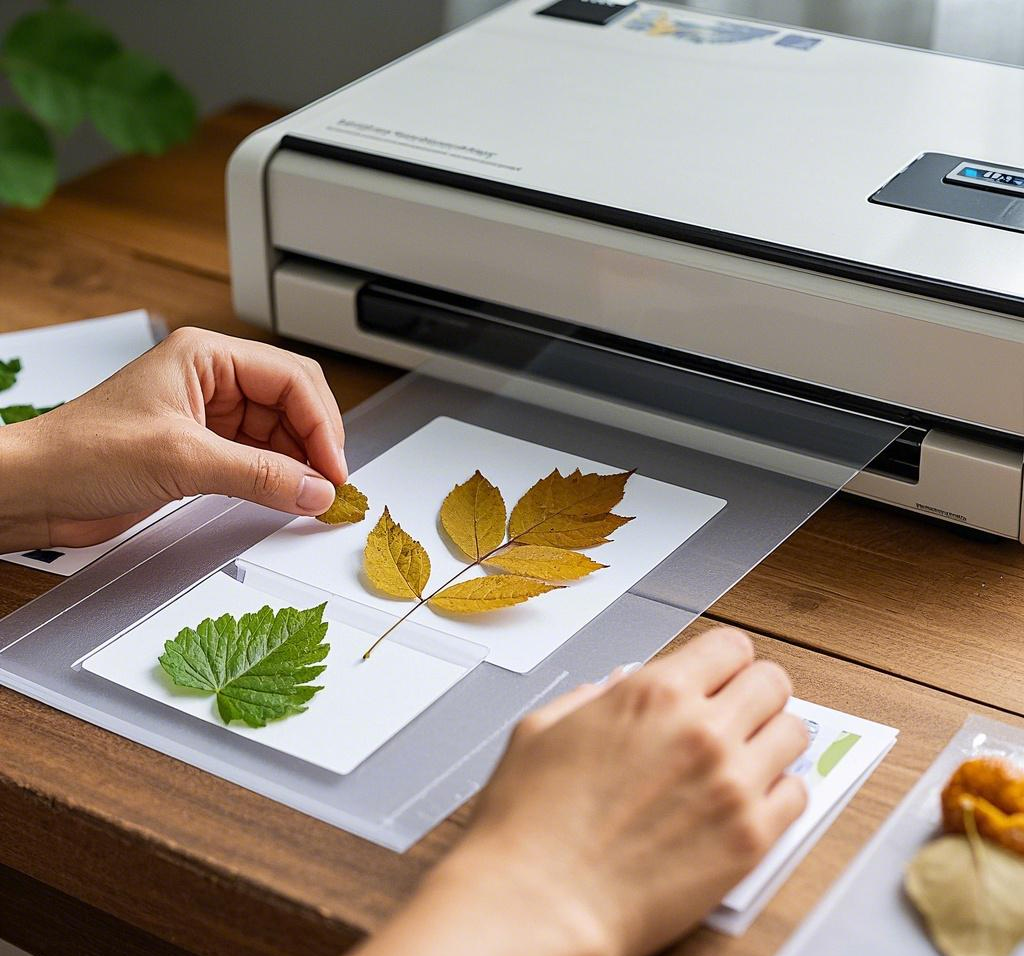“Which is better, cold framing or hot framing?” That’s the soul-searching question every novice faces when faced with a framing job. Whether it’s protecting family photos or creating commercial displays, there are fans of both techniques. The key is to understand their core differences – cold framing relies on physical bonding and hot framing requires a heat-activated adhesive layer.
What is cold mounting film?
Simply put, it’s clear film with its own pressure-sensitive adhesive. To use it, you peel off the backing paper and press to fit the picture to complete the protection. The fact that no heating equipment is required makes it a favorite among DIY enthusiasts. However, the edges may warp slightly when the humidity exceeds 65%.

Thermal lamination achieves a full wrap seal by melting the adhesive layer at a high temperature of 120-150 degrees Celsius. This process blocks 99% of water vapor penetration, making it suitable for outdoor advertising or long-term archival work. However, high temperatures may cause some inkjet prints to darken in color, so be sure to test for material compatibility before proceeding.
Why is there no single answer to the question, “What’s better, cold framing or hot framing?” There is no uniform answer? Because needs dictate choices. Cold lamination is suitable for short-term displays or frequently changing content, such as rotating posters at exhibitions. Hot mounting is more suitable for permanent installations, such as laminating museum collections.
What is cold mounting film?
Its three-layer structure (substrate + adhesive layer + backing paper) may seem simple, but there are hidden mysteries. High-end models will add UV absorbers or anti-static coatings, which are 40% more expensive than ordinary models, but can extend the life of the picture by 2-3 times. Remember to scrape from the center to all sides when laminating to avoid air bubble residue.
The vacuum adsorption function of the hot laminator is the deciding factor.
It can eliminate the tiny wrinkles of 0.1mm level, which is difficult to achieve the precision of manual cold lamination. However, the cost of the equipment is as high as 20-50,000 yuan, which may not be cost-effective for small studios. Professional graphic stores usually charge by the square meter, the price is 1.8 times of cold laminating.

To answer the question “Which is better, cold lamination or hot lamination?”
When answering the question “Which is better, cold or hot framing?”, it is important to consider the material properties. Heat-sensitive media (e.g. watercolor paper) can only be cold mounted, while PVC sheets are more suitable for hot mounting. Here’s a tip: freezing the film for 15 minutes before cold laminating reduces the fluidity of the adhesive and improves positioning accuracy.
What is cold laminating film? The latest technology allows it to break through traditional limitations. Conductive cold laminating films can shield electromagnetic interference and protect electronic signage; frosted models can achieve anti-glare effects. These specialty films are three times more expensive than conventional products, but can address the protection needs of specific scenarios.
Durability tests show that hot-mounted works maintain 95% color fastness in accelerated aging experiments, while cold-mounted is 82%. If the work needs to be preserved for more than 10 years, it is recommended to choose an acid-free hot mounting system. However, the reversibility of cold mounting is still the biggest advantage – when restoring ancient paintings, the lamination can be removed without damage.
When the question of “Which is better, cold or hot framing?”
comes up again, remember: 70% of the decision is about whether or not you want to frame your painting. Remember: 70% of the weight of the decision should be given to the use of the scene. Choose cold framing for temporary promotional materials and hot framing for heirloom art. A hybrid solution also works – try cold laminating first, and when you’re happy with the results, move on to hot laminating to finalize the look.
JinGe Technology
Jiangxi Jinge Technology Co.
Search within the site
© 2025. All Rights Reserved.









